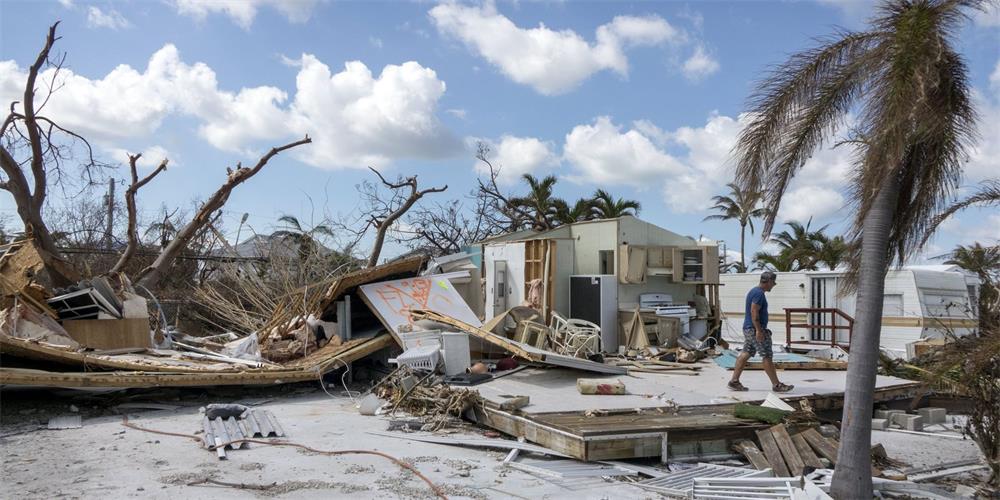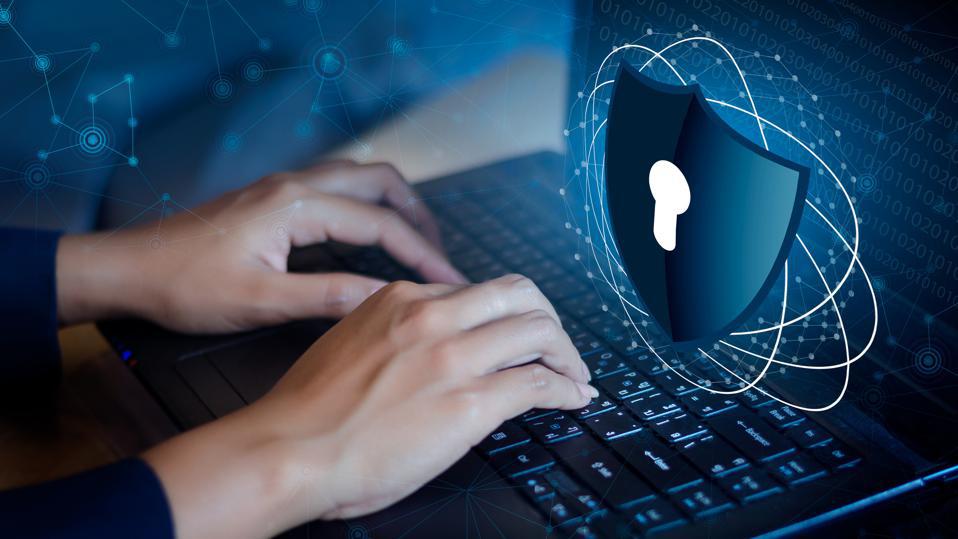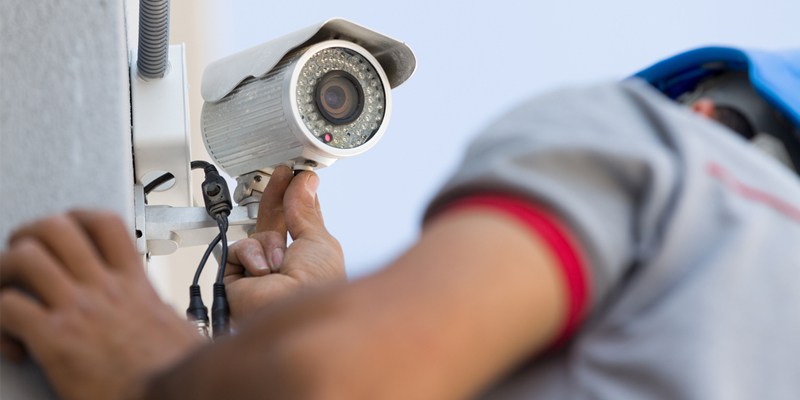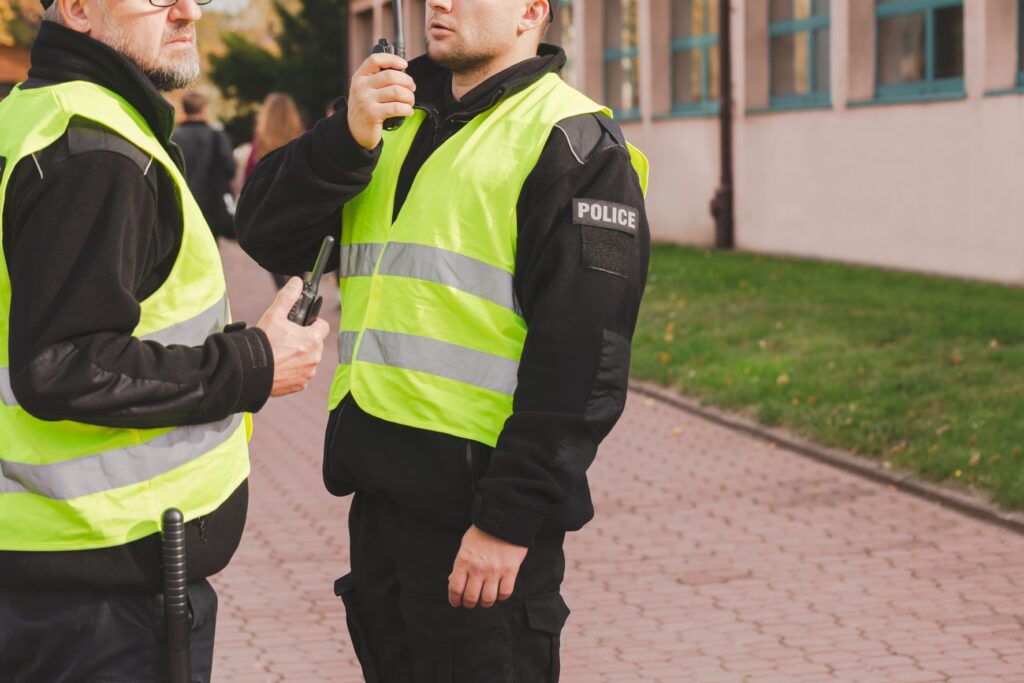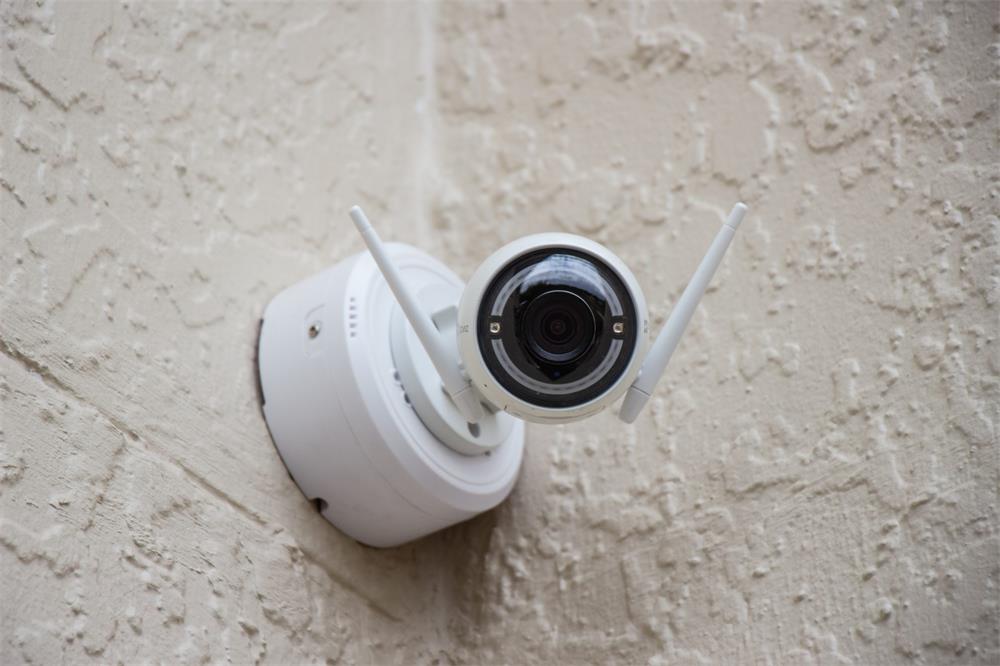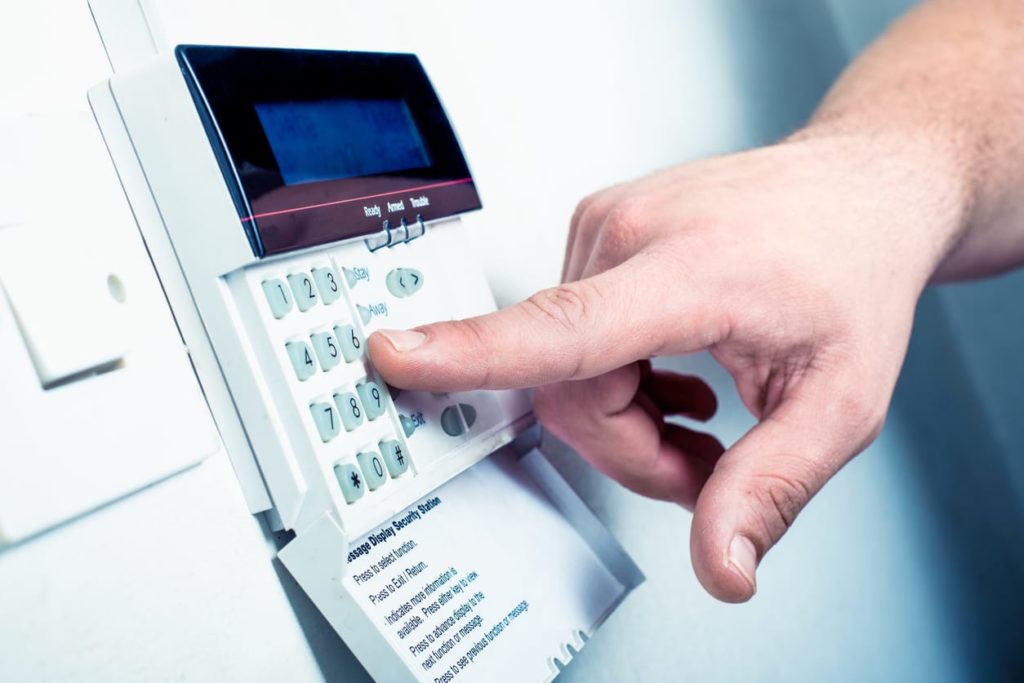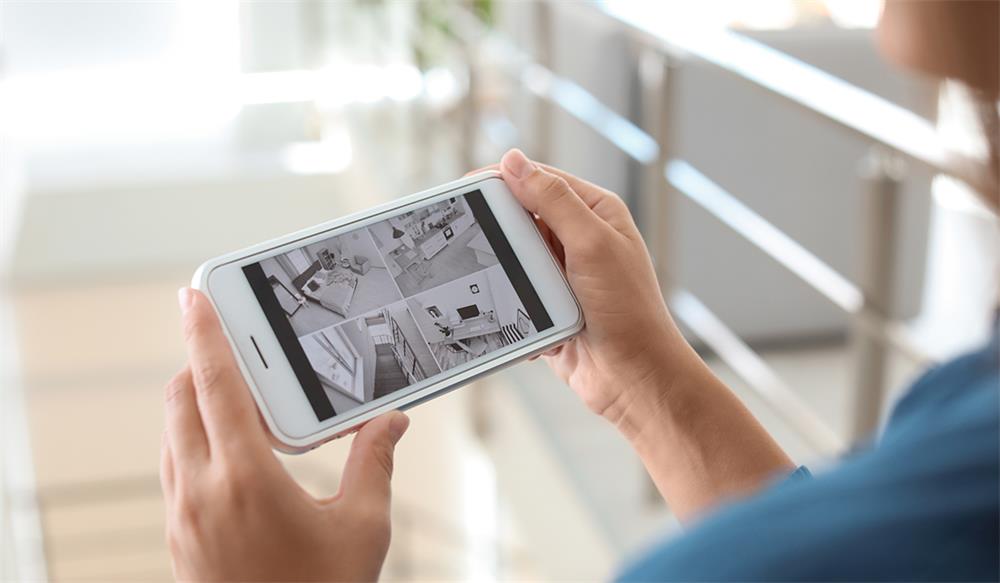Contents
The Importance of Personal Safety
When it comes to violent crime and assault, it is always better to be safe than sorry. Personal safety should always be a top priority for you and your loved ones. Unfortunately, the prevalence of violent crime continues to rise in many parts of the world.
Whether you live in a bustling city or a quiet town, it is important to understand the risks and take necessary measures to protect yourself. Everyday activities such as walking alone at night or running errands can put you at risk for an attack.
According to the National Crime Victimization Survey, approximately 1 in 6 women and 1 in 19 men will experience an attempted or completed rape during their lifetime. These statistics are not meant to scare you but rather highlight the importance of taking precautions and being aware of potential dangers.
The Prevalence of Violent Crime
Violent crime can come in many forms such as assault, robbery, or even murder. Sadly, these types of crimes occur all too often and can have devastating consequences for victims and their families. In the United States alone, there were over 1 million violent crimes reported in 2019 according to the FBI’s Uniform Crime Reporting program.
It is important to keep in mind that these numbers only reflect reported incidents. Many cases go unreported due to fear or lack of trust in law enforcement authorities.
This makes it even more crucial for individuals to take responsibility for their own safety and protection. In addition to physical violence, cybercrime has become increasingly prevalent as well.
With so much personal information accessible online, it is easier than ever for criminals to target individuals through scams or identity theft. As scary as this all may seem, there are steps you can take to minimize your risk and protect yourself from becoming a victim of violent crime or assault.
Understanding the Risks
Common Types of Violent Crime and Their Impact on Victims
When we think of violent crime, we often picture a stranger jumping out from an alleyway and attacking us. However, the reality is that most violent crimes are perpetrated by someone the victim knows. Domestic violence, sexual assault, and child abuse are all common types of violent crime that have long-lasting impacts on victims.
Domestic violence is a pattern of behavior in which one partner uses physical, emotional, or verbal abuse to maintain power and control over the other partner. It can take many forms, including hitting, pushing, or choking.
Victims of domestic violence often suffer from physical injuries as well as emotional trauma. Sexual assault refers to any unwanted sexual contact that occurs without consent.
It includes rape, but also encompasses other forms of sexual violence such as groping and fondling. Sexual assault can have serious psychological consequences for victims.
Child abuse is any action (or lack thereof) by a parent or caregiver that results in harm or potential harm to a child. This can come in many forms such as physical abuse like hitting or shaking; neglect like not providing adequate food; emotional abuse like belittling a child; or even sexual abuse like molestation.
Highlight Statistics on Violent Crime in Your Area
It’s important to understand the prevalence of violent crime in your area so you can take appropriate safety measures. According to recent statistics from the FBI’s Uniform Crime Reporting (UCR) Program:
– In 2019 there were an estimated 1.2 million violent crimes committed nationwide. – The rate of violent crime was highest in urban areas with populations over 250k.
– Robbery accounted for about 26% of all violent crime offenses. – Aggravated assaults accounted for about 64% of all reported violent crime offenses.
– There were approximately 89,000 reported cases of rape in 2019. It’s worth noting that these statistics only include reported crimes.
Many victims do not report their assaults or abuse for various reasons such as fear of retaliation or shame. Therefore, the true number of violent crimes is likely much higher than what is reported.
Knowing the types of violent crime that occur most frequently in your area can help you take steps to protect yourself and your loved ones. By being aware of your surroundings and taking precautions, you can greatly reduce your risk of becoming a victim.
Personal Safety Strategies
Tips for Staying Safe While Out in Public
Keeping yourself safe and secure while out in public means being aware of your surroundings at all times. Avoiding dangerous areas is one of the most important things you can do to protect yourself.
Stay on well-lit, busy streets when walking alone or with loved ones, especially at night. If you feel uncomfortable or threatened, don’t hesitate to call for help.
Keep your phone charged and easily accessible. Knowing where you are going and the quickest route is also important.
Don’t wander aimlessly or look like a lost tourist. In addition to being aware of your surroundings, avoid distractions like using your phone while walking.
It’s also a good idea to walk confidently and make eye contact with people around you. This lets potential attackers know that you are alert and capable of defending yourself if necessary.
Discussion on Self-Defense Techniques and Tools
It’s always a good idea to have some basic self-defense knowledge in case of an emergency situation. There are various methods available including martial arts classes, which teach techniques such as striking, grappling, joint locks, throws, take-downs and other forms of combat training. Carrying pepper spray can also be helpful in deterring attackers because it causes temporary blindness and extreme irritation when sprayed into the eyes.
There are also many other tools available that can be used for self-defense purposes such as personal alarms that emit loud noise or attract attention from people nearby when activated. It’s important to keep in mind that no single tool or technique will guarantee absolute safety from harm but keeping these items in handy could increase your chances of getting out alive during an attack.
Home Security Measures
Overview of home security options
When it comes to securing your home against potential threats, there are a number of different options available to you. One popular option is an alarm system, which can be programmed to alert authorities in the event of a break-in or other emergency.
These systems often come with motion detectors, door and window sensors, and other features that help to detect and deter intruders. Another popular option is the installation of security cameras around your property.
These cameras can monitor activity both inside and outside your home 24/7, providing you with added peace of mind and a visual record in case anything suspicious occurs. Some cameras even offer remote viewing capabilities, so you can check on your property from anywhere at any time.
Tips for securing doors and windows
In addition to these high-tech security measures, there are also a number of simple steps you can take to secure your doors and windows against potential intruders. For example, make sure that all entryways are locked when not in use, preferably with deadbolts or other high-security locks.
You might also consider installing reinforced glass or window bars on ground-floor windows to make them more difficult to break into. And if you have sliding glass doors leading out from your home, make sure that they have secure locks or bars installed as well.
Don’t forget about the importance of good lighting around your home’s exterior. Motion-activated lights can help deter would-be criminals by making it harder for them to approach unnoticed.
Conclusion
By taking these simple steps to secure your home against potential threats such as break-ins and burglaries, you’ll be able to rest easy knowing that you’ve done everything possible to protect yourself and your loved ones. From high-tech alarm systems and surveillance cameras to more traditional measures like reinforced doors and windows, there are plenty of options available to help keep your home safe and secure. So why not take action today and start securing your home against potential threats?
Online Safety
Discussion on How to Protect Yourself from Cybercrime
The internet has revolutionized the way we live our lives. With just a few clicks, we can shop, bank, and connect with people from all over the world.
However, these benefits come with risks. The internet is also home to cybercriminals who are constantly looking for ways to steal your personal information.
To protect yourself from cybercrime, it’s important to be vigilant and take proactive measures. One of the easiest ways to protect yourself online is by using strong passwords.
Avoid using easy-to-guess passwords like “1234” or “password.” Instead, create complex passwords that include letters, numbers, and symbols. You should also use different passwords for each of your accounts.
In case one account is compromised, you don’t want the hacker to have access to all your other accounts. Another way to protect yourself from cybercrime is by being careful about what you share online.
Avoid posting sensitive information like your home address or phone number on social media sites. Also be wary of phishing emails that look legitimate but are actually designed to steal your personal information.
Tips for Safeguarding Personal Information Online
In addition to using strong passwords and being careful about what you share online, there are several other steps you can take to safeguard your personal information online. First, make sure that any site you’re submitting personal information on has a secure connection (usually indicated by a padlock icon in the address bar). This means that any data transmitted between you and the site is encrypted and more difficult for hackers to intercept.
Secondly, consider using two-factor authentication whenever possible. This means that in addition to entering your password, you’ll also need a second form of authentication such as a code sent via text message or generated by an app.
Consider investing in anti-virus and anti-malware software to protect your computer from viruses and other malicious programs. Make sure your software is up to date and scan your computer regularly.
Protecting yourself from cybercrime requires a combination of vigilance and proactive measures. By using strong passwords, being careful about what you share online, and investing in the right software, you can safeguard your personal information online.
Emergency Preparedness: Being Ready for the Worst
When it comes to personal safety, it’s important to be prepared for any situation. Unfortunately, emergencies and attacks can happen when we least expect them.
That’s why having an emergency plan in place is crucial. Knowing what to do in a crisis can save your life or the lives of your loved ones.
Importance of having a plan in case of an emergency or attack
An emergency plan is simply a set of instructions that outlines what you should do if something goes wrong. It may include steps for evacuating your home, contacting loved ones, and seeking medical attention.
In case of an attack, it might include techniques for self-defense or ways to escape the situation. There are countless reasons why having an emergency plan is important.
For one, it gives you peace of mind knowing you’re prepared for whatever may come your way. Additionally, if you have kids or elderly relatives under your care, having a plan ensures their safety as well.
Suggestions for creating an emergency kit
One way to prepare for emergencies is by creating an emergency kit. This should be a bag filled with essential items that will help keep you alive and healthy in case of disaster or attack. Some suggested items include non-perishable food (such as energy bars or dried fruits), water bottles or purification tablets, first aid supplies (such as bandages and antiseptic wipes), flashlights with extra batteries or hand-crank power sources, blankets and warm clothing suitable for all climates (including rain gear), maps of your local area with evacuation routes marked out on them (especially useful if you live near bodies of water like rivers or lakes), tools like knives/multi-tools/lighters/matches etc., communication devices like radios/satellite phones/whistles etc., personal identification documents/passports/drivers licenses etc.).
Once you have assembled your emergency kit, make sure to store it in an accessible location (such as by the door or in your car) and keep it updated with fresh supplies. Remember, you never know when disaster might strike!
Conclusion
Emergencies and attacks are unpredictable but we can always be prepared for them. It’s important to have an emergency plan in place and an emergency kit ready at all times.
These measures can save our lives and the lives of those around us. Being prepared is one of the most effective ways to stay safe in dangerous situations.
Supporting Survivors
Resources available to victims of violent crime and assault
It is essential to understand that victims of violent crimes and assault require support. Overcoming the trauma associated with these experiences is often a challenging process that requires access to various resources. For example, victims can receive counseling services from a licensed therapist or seek support groups in their community.
Most police departments have victims’ advocates who can help guide them through the legal process and provide referrals to other agencies. Another crucial resource is medical treatment.
Survivors of violent crimes and assault may require medical attention, including emergency care and follow-up services. In some cases, they may require long-term care or rehabilitation services such as physical therapy.
Other essential resources available to survivors include legal services such as assistance with restraining orders, criminal charges, or civil lawsuits. Assistance with compensation claims for medical expenses, lost wages, or property damage is also an option.
Ways to support survivors in your community
Supporting survivors of violent crime and assault requires empathy, compassion, and sensitivity towards their experiences. It’s important not only to offer emotional assistance but also practical help when possible. One way to show support is by volunteering at local organizations that provide assistance to survivors of violence.
Such organizations include women’s shelters, crisis hotlines or centers. Another way you can help support survivors in your community is by offering transportation assistance if necessary for doctor’s appointments or court appearances.
You can also offer financial aid if you’re able by donating money for resources such as therapy sessions or home security systems if necessary. Always make sure you believe someone who comes forward about experiencing a violent crime instead of questioning their story outright—it takes courage for them to come forward in the first place.
Conclusion
It’s essential always to prioritize your safety when out in public or at home. Taking proactive measures such as being aware of your surroundings, utilizing self-defense techniques and tools, and securing your home can reduce the risk of experiencing violent crime.
Additionally, it is equally important to support survivors of violent crime and assault in your community. By accessing necessary resources, providing emotional and practical support, volunteering or donating money to organizations that help victims of violence, we can help survivors begin their journey towards recovery.
Remember, violence affects everyone in some way—whether directly or indirectly. So let’s come together as a community to support one another and work towards reducing the prevalence of violent crime altogether.
Conclusion: Prioritizing Personal Safety
Learning how to protect yourself and your loved ones from violent crime and assault is an essential skill to have in today’s unpredictable world. By taking the time to understand the risks, implementing personal safety strategies, securing your home, being aware of online threats, preparing for emergencies, and supporting survivors in your community, you can significantly reduce your chances of becoming a victim. One key takeaway is the importance of being aware of your surroundings at all times.
Criminals often target individuals who are distracted or appear vulnerable. By staying alert and focused on your surroundings when out in public or driving alone, you can detect potential threats early on and take preventative action.
Another key takeaway is the value of self-defense training. While we hope we never have to use physical force to protect ourselves or our loved ones, having basic self-defense skills can be incredibly empowering and may ultimately save our lives in a dangerous situation.
It’s also important not to neglect home security measures such as securing doors and windows and installing an alarm system or security cameras. These steps can go a long way towards deterring criminals from targeting your home.
Remember that there are resources available if you or someone you know has been a victim of violent crime or assault. Supporting survivors is crucial for their healing process, as well as for creating a safer community overall.
At the end of the day, prioritizing personal safety should be a priority for us all. By arming ourselves with knowledge about risks and preventative measures while also actively engaging with our community to create safer spaces for everyone around us – we empower ourselves with tools that make real change possible!




